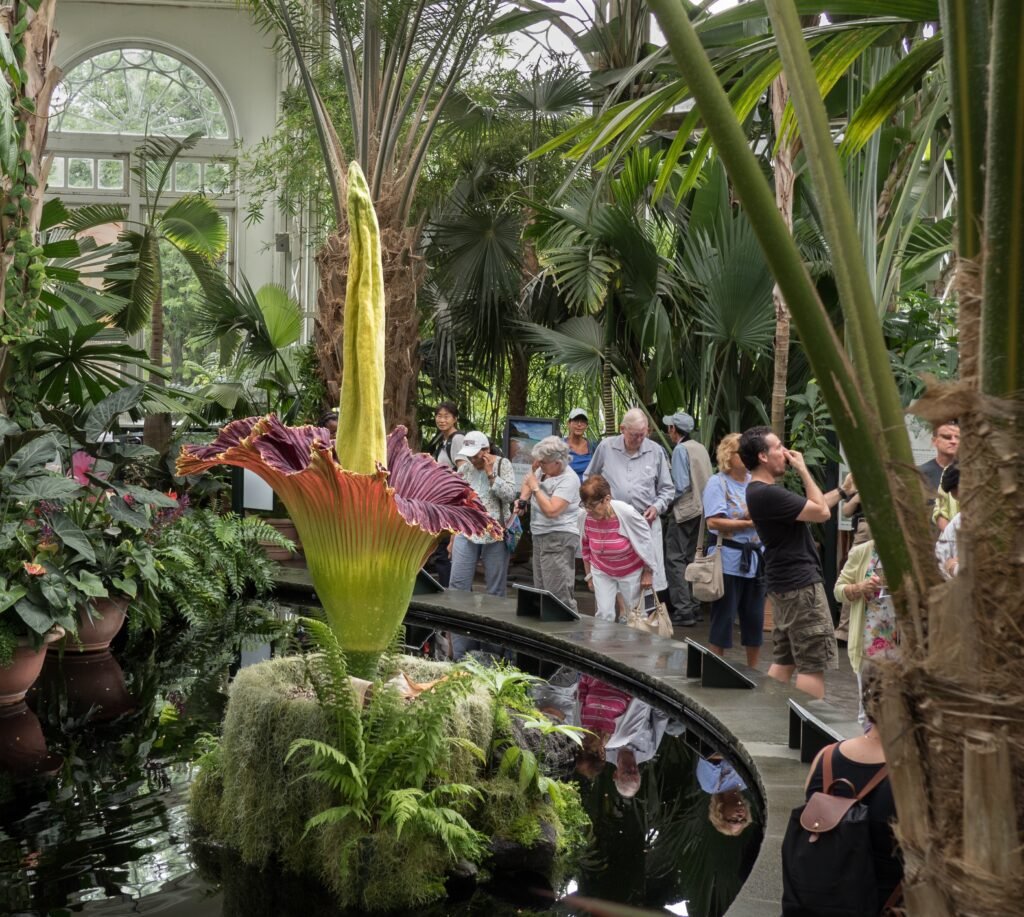Imagine stepping into a lush rainforest, the air thick with the scent of earth and foliage—only to be suddenly hit by an overwhelming stench of decaying flesh. It’s not the aftermath of a tragedy, but rather one of nature’s most astonishing spectacles: the blooming of the corpse flower. This botanical marvel shocks and fascinates with its gigantic appearance and infamous odor, drawing crowds from around the world every time it opens. But behind the spectacle lies an extraordinary survival strategy, a story of evolution, deception, and the relentless drive to reproduce.
The Botanical Giant with a Ghastly Aroma
The corpse flower, scientifically known as Amorphophallus titanum, stands as one of the world’s largest and rarest flowering plants. Native to the rainforests of Sumatra, Indonesia, it can tower up to 10 feet tall, with a single bloom spanning over three feet in diameter. Its reputation, however, comes not just from its size but from the notorious smell it emits—a scent uncannily similar to rotting flesh. This powerful odor, unpleasant to humans, is a brilliant adaptation. The flower’s bloom is infrequent, sometimes only once every several years, making each event a highly anticipated phenomenon in botanical gardens and research centers worldwide.
Why Does the Corpse Flower Stink?
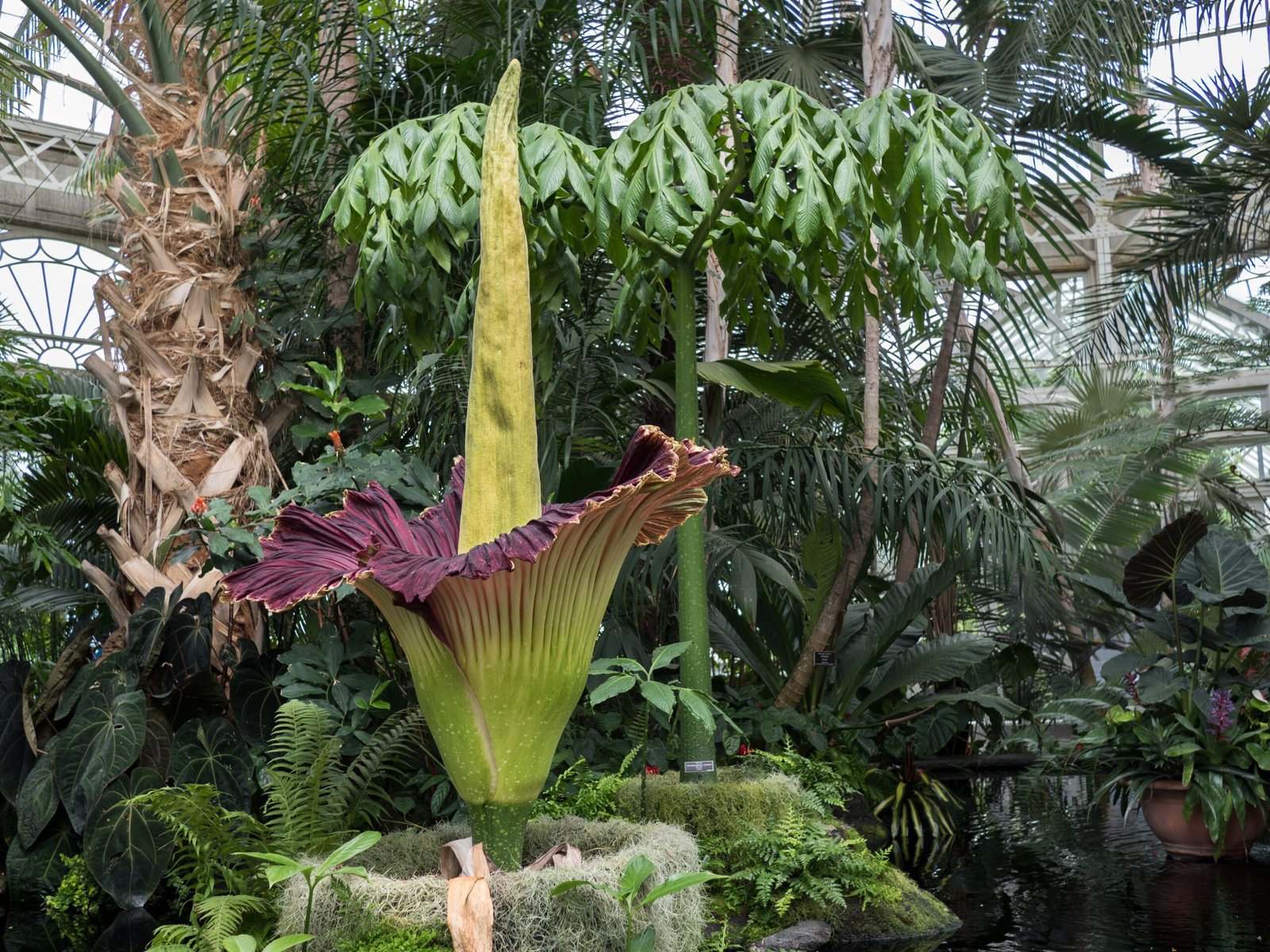
While most flowers lure pollinators with sweet fragrances, the corpse flower takes a dramatically different approach. Its putrid smell mimics the scent of decaying animals, a strategy known as “sapromyiophily.” This deception targets specific pollinators—mainly carrion beetles and flesh flies—who are naturally attracted to dead animals as breeding grounds. The flower’s unique chemicals, including dimethyl trisulfide and cadaverine, are the same compounds released during real animal decomposition. By imitating this stench, Amorphophallus titanum turns death’s aroma into a lure for life, ensuring that pollinators flock to its bloom.
The Science Behind the Scent
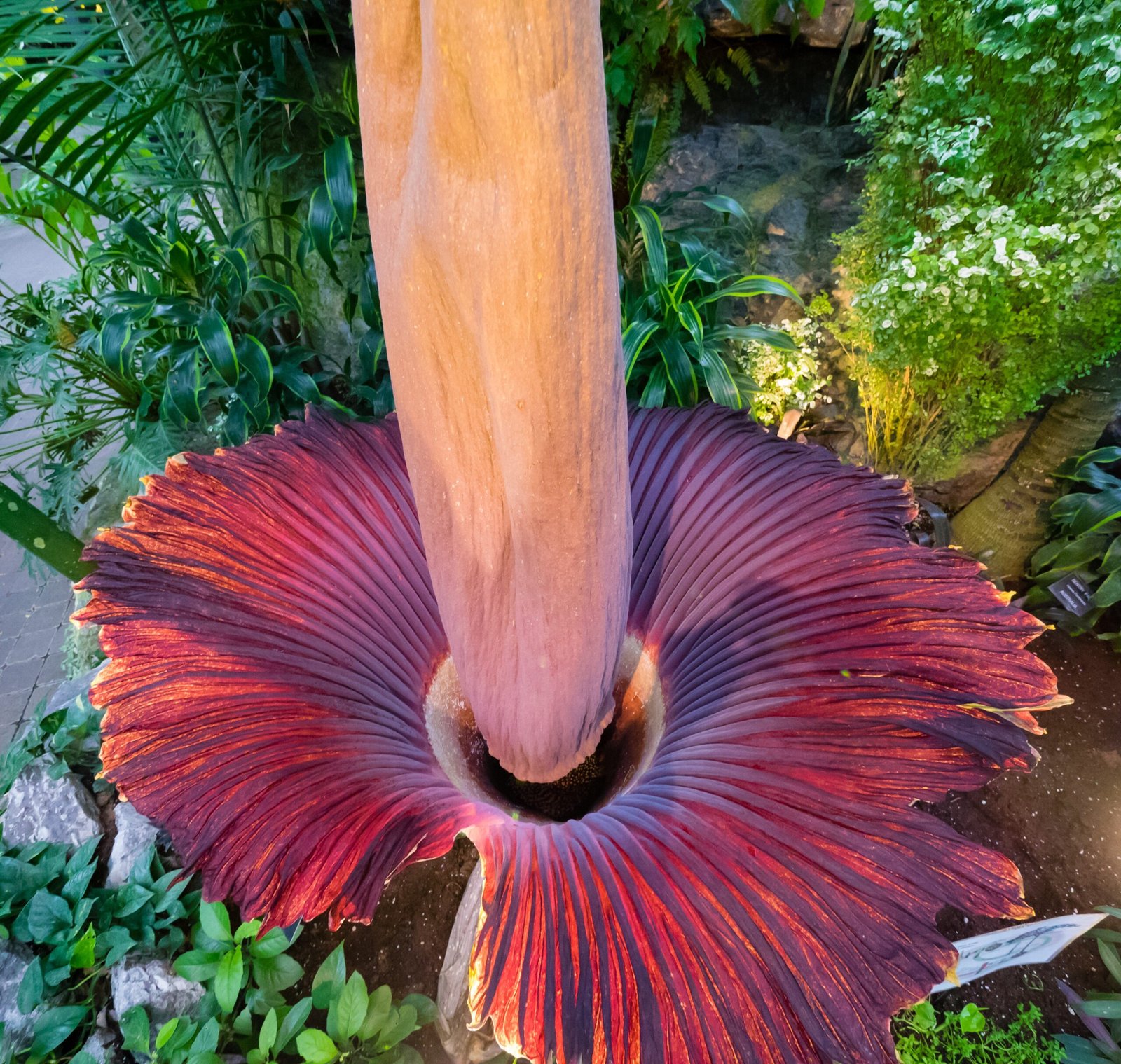
The production of the corpse flower’s signature smell is a carefully timed chemical symphony. Shortly before and during blooming, the plant heats up, sometimes reaching human body temperature. This process, called thermogenesis, helps volatilize the odor molecules, allowing the scent to travel farther through the dense rainforest. Researchers have identified a complex mixture of up to a dozen different compounds working in harmony to create the unmistakable stench. Each volatile chemical plays a role in simulating the components of a decomposing body, from sulfurous notes to hints of sweaty socks and garlic.
Anatomy of an Unusual Flower
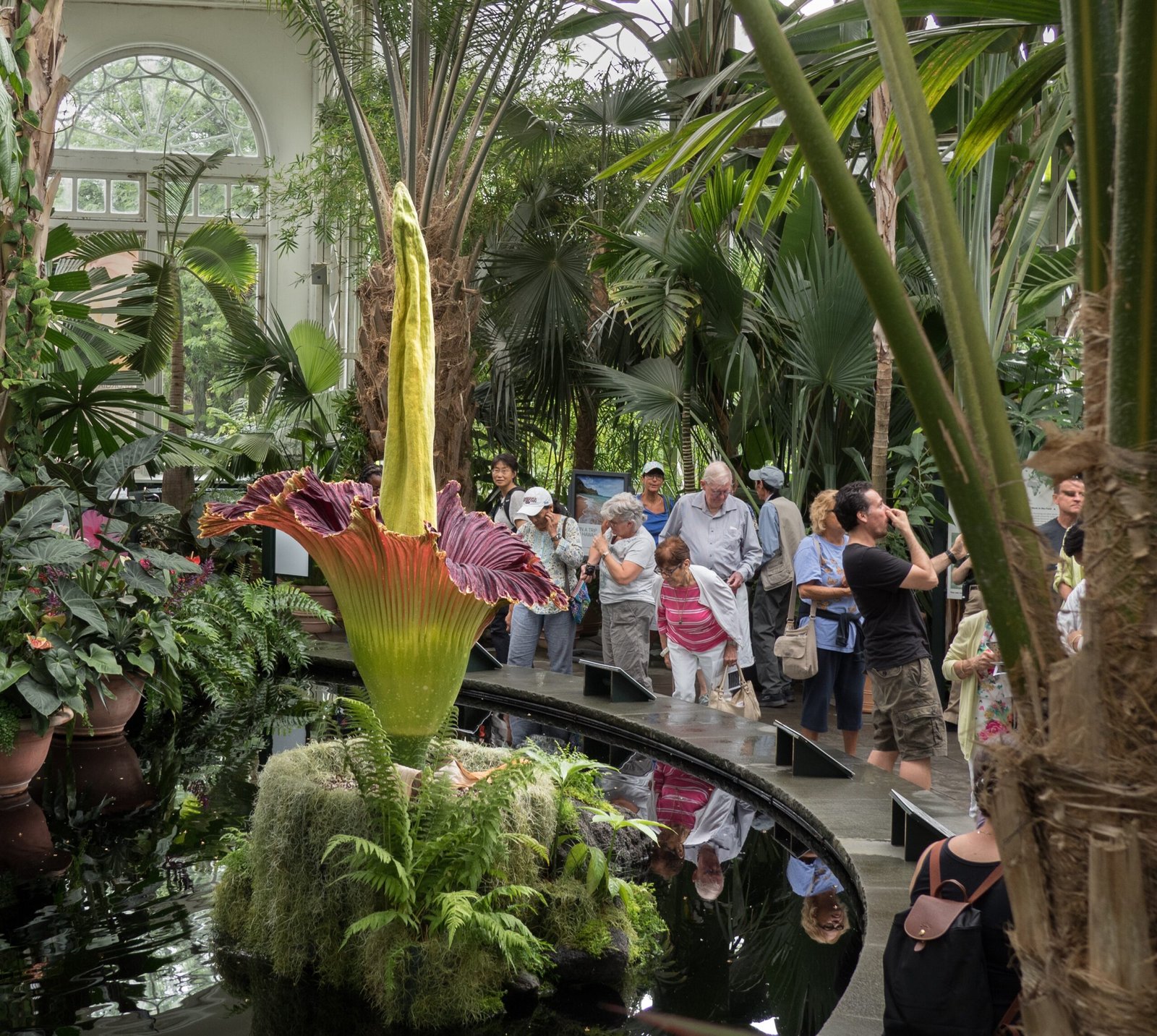
Unlike most flowers, the corpse flower is not a single blossom but rather an inflorescence—a collection of numerous tiny flowers tightly clustered on a fleshy spike called a spadix. This spadix is surrounded by a petal-like structure known as a spathe, which unfurls dramatically when the bloom opens. The spadix contains both male and female flowers, but they mature at different times to prevent self-pollination. This design ensures the greatest chance for cross-pollination, furthering genetic diversity. The deep maroon color of the spathe adds to the illusion of raw meat, visually enhancing the flower’s deceptive mimicry.
Pollinators: Nature’s Unsung Heroes

The pollinators that the corpse flower attracts might not be glamorous, but they are vital. Carrion beetles and flesh flies mistake the flower for a suitable site to lay their eggs, believing their larvae will feast on decaying flesh. Instead, they unwittingly transfer pollen from one bloom to another, aiding in the plant’s reproduction. This unlikely partnership between plant and insect highlights the complex interdependence woven throughout ecosystems. Without these misunderstood insects, the corpse flower’s life cycle would come to a halt.
Life Cycle: A Rare and Spectacular Event

The life of a corpse flower is marked by patience and drama. After years—sometimes even a decade—of accumulating energy underground as a massive tuber, the plant finally sends up its monumental bloom. The flowering event itself is fleeting, lasting just 24 to 48 hours. During this window, the plant relies on its powerful smell and dramatic appearance to maximize pollinator visits. Once pollination is achieved, the bloom collapses, and the plant returns to dormancy, storing energy for its next spectacular display. This rarity is part of what makes every corpse flower bloom a headline-grabbing event.
The Corpse Flower in Culture and Conservation
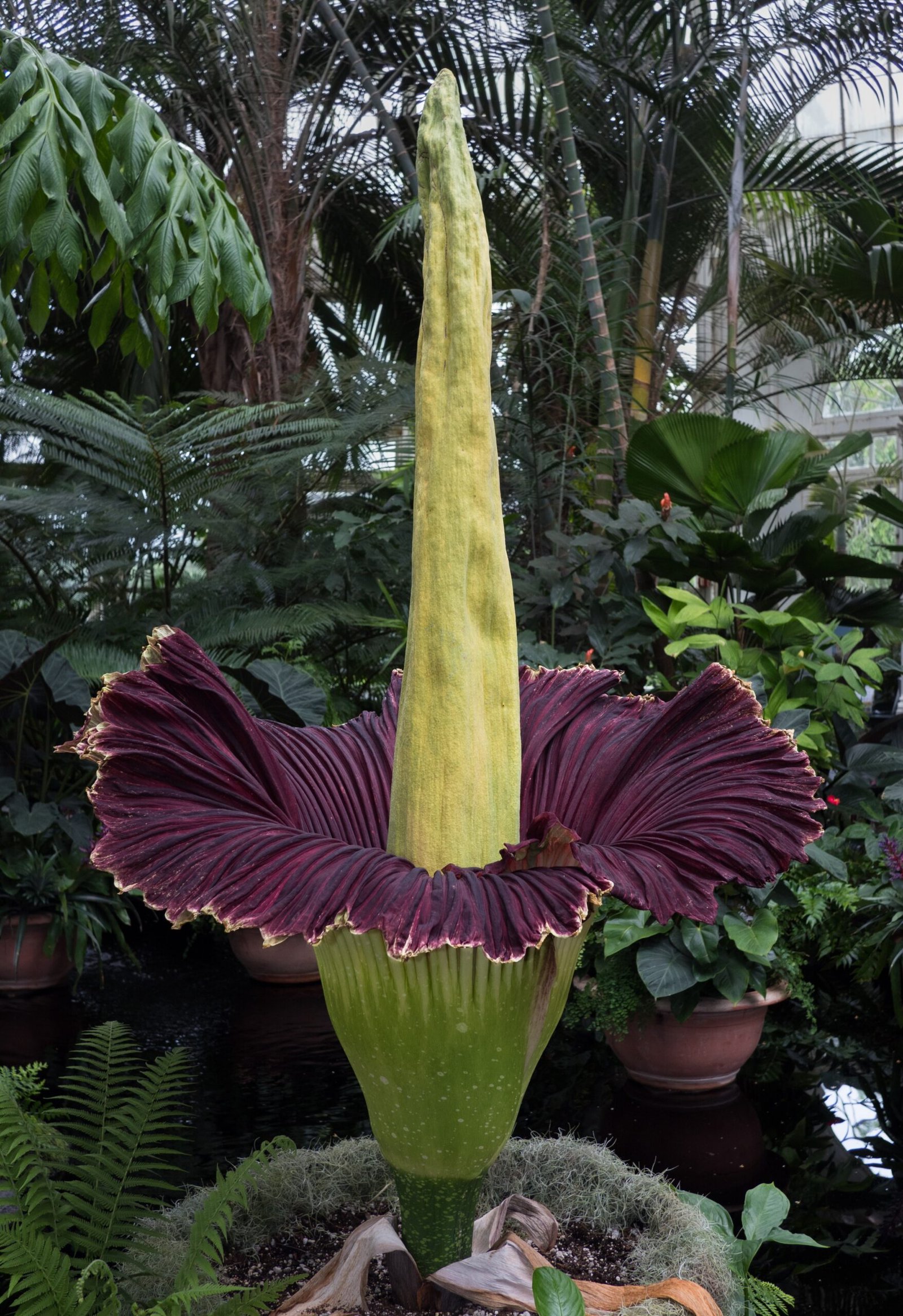
Throughout history, the corpse flower has captured the imagination of scientists, artists, and the public alike. Its rare blossoms often draw thousands of visitors to botanical gardens, sparking wonder and curiosity about the natural world. In its native habitat, however, the plant faces threats from deforestation and habitat loss. Conservationists work tirelessly to protect both the corpse flower and the delicate rainforest ecosystems it calls home. Each bloom outside its natural habitat serves as a reminder of the urgent need to preserve Earth’s biodiversity.
Growing the Corpse Flower: Botanical Challenge and Triumph
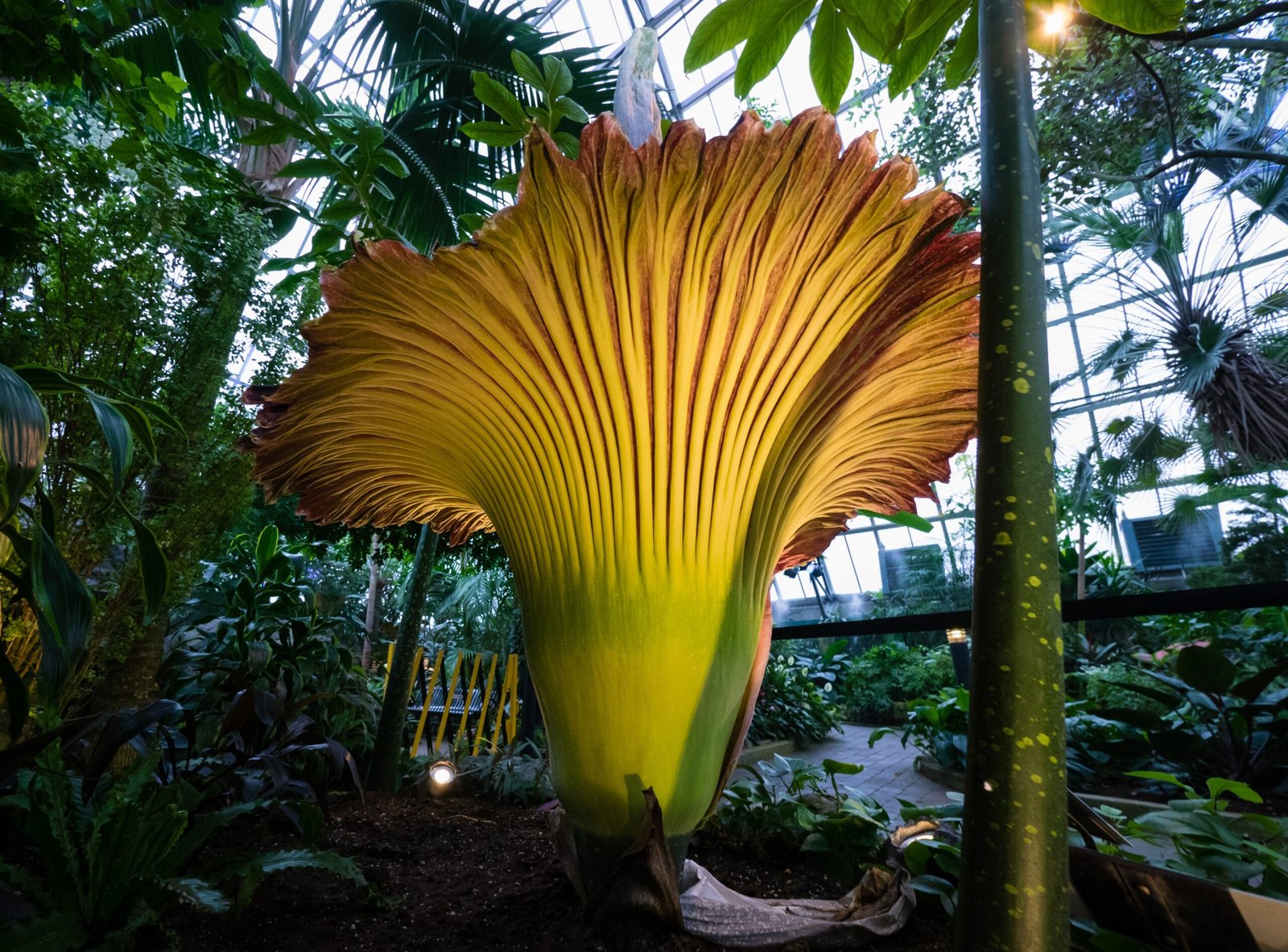
Cultivating a corpse flower outside its native Sumatran rainforest is no easy feat. The plant requires precise conditions—warm temperatures, high humidity, and rich, well-draining soil. Botanical gardens around the world have taken on the challenge, often waiting years for a single bloom. When it finally happens, the event is celebrated with live streams, media coverage, and lines of eager visitors willing to brave the infamous odor for a glimpse of this botanical marvel. Each successful bloom is a testament to human dedication and the enduring allure of rare natural wonders.
The Corpse Flower’s Role in Scientific Research
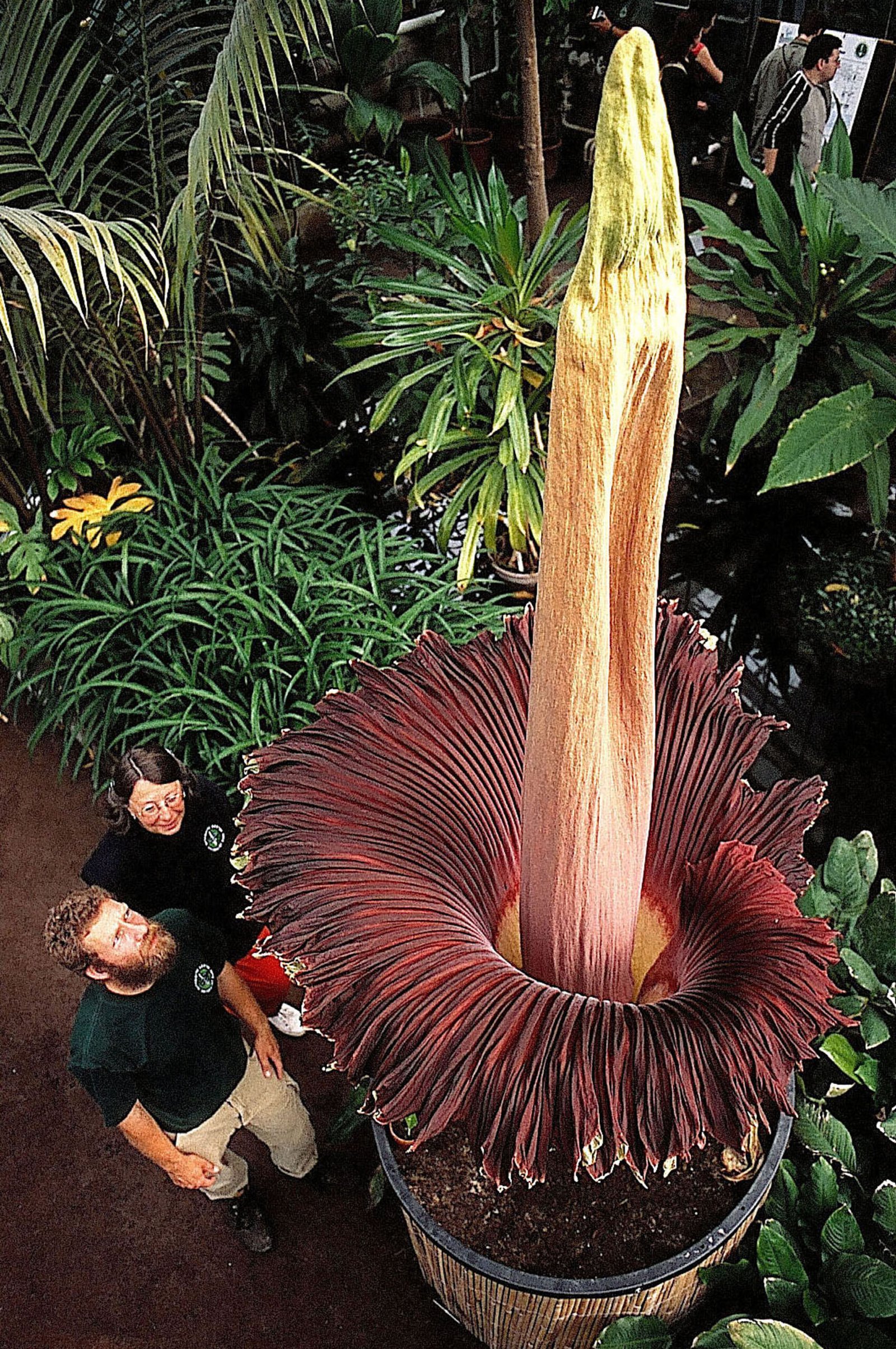
Beyond its spectacle, the corpse flower offers valuable insights for science. Researchers study its unique pollination strategy, chemical ecology, and thermogenesis to better understand plant evolution and adaptation. The flower’s rare blooming schedule also provides an opportunity to study long-term plant growth and reproductive cycles. By unlocking the secrets of Amorphophallus titanum, scientists gain clues about how plants respond to environmental stress, how they interact with other species, and how complex chemical signals shape the web of life.
Emotional Impact: Awe, Disgust, and Fascination
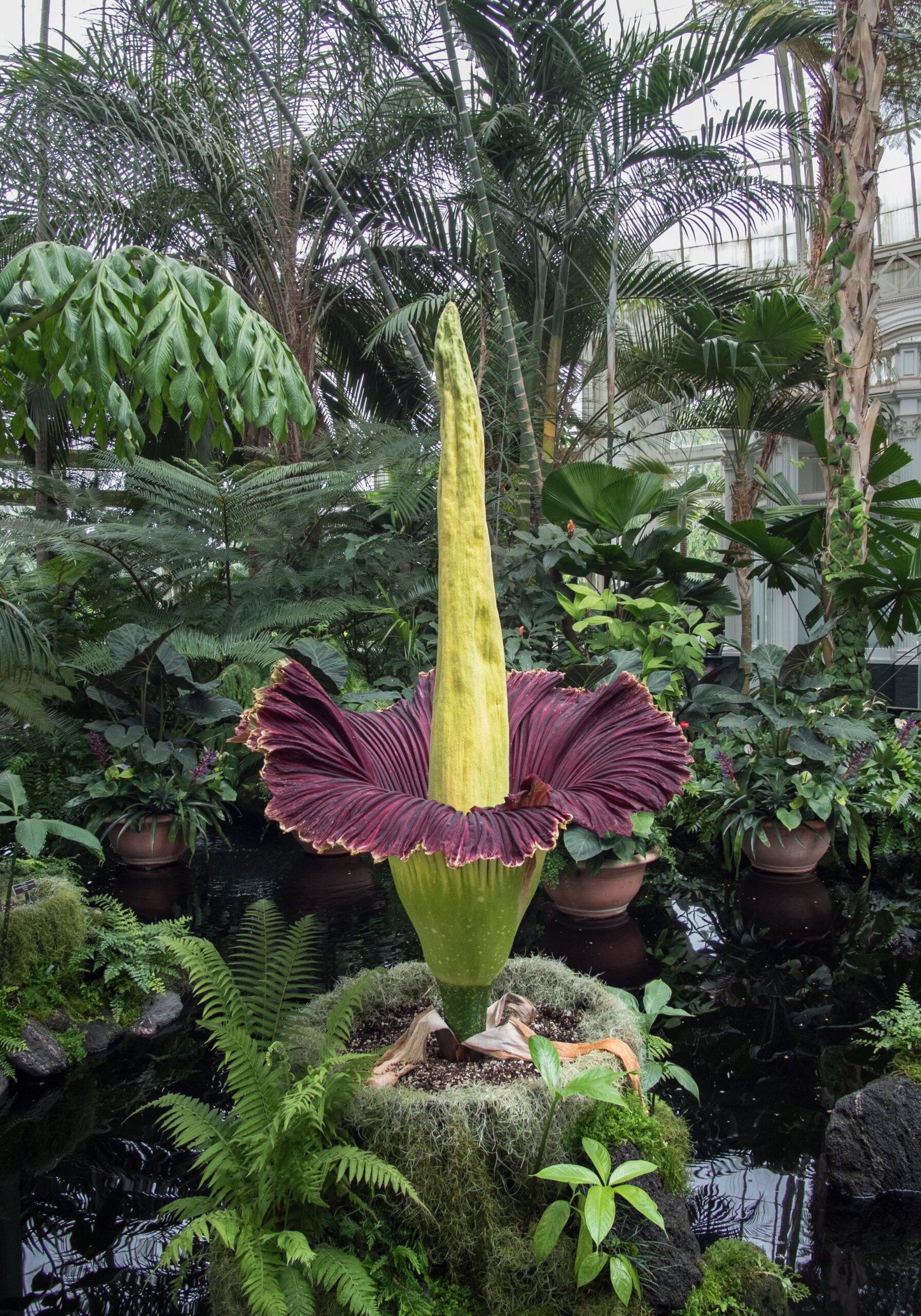
Witnessing a corpse flower in bloom is an unforgettable experience. The overwhelming smell triggers instinctive reactions of disgust, yet the sheer size and exotic beauty of the bloom inspire awe. Crowds gather in silent anticipation, cameras at the ready, as the spathe unfurls. For many, it’s a reminder of nature’s capacity for both shock and wonder—a living paradox that challenges our senses and expectations. The corpse flower’s story is a poignant illustration of how the natural world often blurs the line between attraction and repulsion, survival and spectacle.
The corpse flower stands as a testament to the ingenuity and drama of evolution, daring us to look closer at what we might otherwise turn away from. It’s a reminder that beauty and purpose can be found in the most unexpected places—sometimes, even in the scent of decay.

